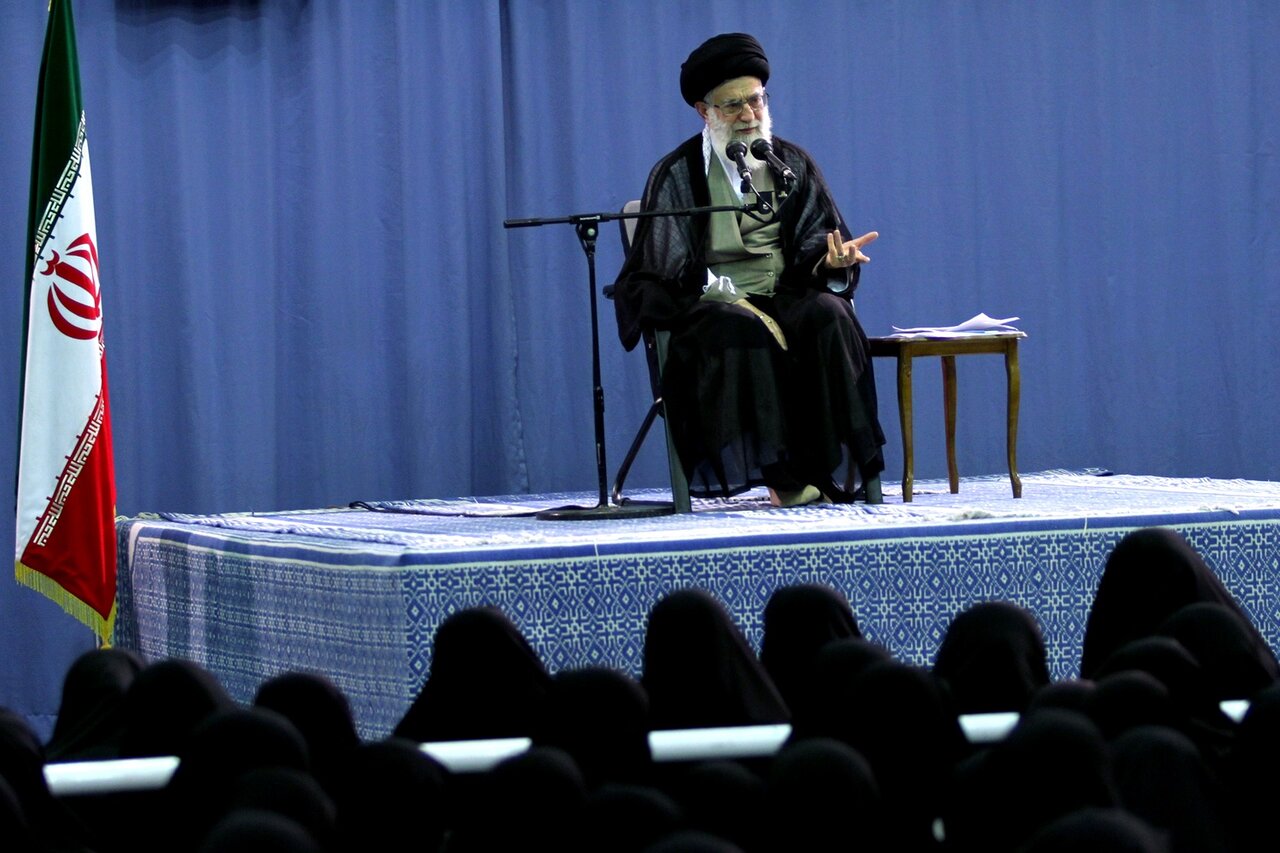INSUBCONTINENT EXCLUSIVE:
contemporary history of Iran has witnessed the comprehensive and active presence of Iranian women in various defense, martial, political,
and social scenes; Women who are willing to give up their emotions for their ideals and beliefs.During the imposed war by ex-Iraqi dictator
restrictions and physical situation.In addition to their presence behind the scenes of the war to provide key logistical support, some other
active behind the scene of the war handed over their jewelry and precious belongings to the combatants and participated in political,
social, and cultural activities.Although women combatants were fewer in numbers in comparison to male combatants throughout the Sacred
Defense era, history tells us that the presence of men on the battlefields was not the only factor that secured victory for Iran.Some
Iranian women were present in the border cities during the invasion of the Iraqi army in the early days of the war and defended the cities
along with men and some of them took up their presence on the battlefield due to necessity.In this regard, Leader of the Islamic Revolution
Ayatollah Seyyed Ali Khamenei in his message to Congress "7,000 Martyred Iranian Women" pointed to the role of women in the Sacred Defense
era, saying, "Muslim Iranian women have opened a new chapter in history for women throughout the world and they proved that it is possible
to be a woman, to be modest, to wear hijab, to be noble and at the same time to play a pivotal role and make great achievements." (Mar 6,
In May 1982, Iranian forces recaptured Khorramshahr.During this period, some Iranian women remained in Khorramshahr and Abadan after the
Iraqi invasion and volunteered to participate in defending the cities
Driven by revolutionary zeal or by their patriotism, each acted independently and disregarded all gender lines.Women who lived in the war
Those females who lived far from the calamities also devoted their time and property
Women of villages and cities such as Shalamcheh, Susangerd, Khorramshahr, and Abadan that were directly attacked found themselves with the
only option to fend for themselves regardless of the prospects
For these women, not defending their towns meant bearing the consequences of remaining passive, including captivity, rape, death, or a
combination thereof.The presence of Iranian women on the battlefield and the front lines of the war included nursing and providing aid to
the wounded, direct participation in war operations, and war photography and journalism.Some 500 Iranian women reportedly fought as
combatants during the war
Official figures say nearly 25,000 female doctors, nurses, and aid workers also served on the front lines.Statistics show that 6,428 Iranian
women were martyred during the imposed war that most of them were martyred in the bombings of the cities
According to the Martyr Foundation and Veterans Affairs of Iran, 500 of the martyrs were women combatants.Shahnaz Haji Shah was 26 years old
in September 1980 when she was martyred by an Iraqi mortar in Khoramshahr near the border with Iraq.Just before she was martyred, Haji Shah
saved the life of a wounded Iranian soldier
According to accounts by her relatives, she was struck in the heart by a mortar fragment as she was rushing towards a house that had been
shelled to try to help anyone inside."The women martyrs, disabled war veterans, and former prisoners of war are a manifestation of one of
the highest peaks of glory for the Islamic Revolution and the Islamic Republic," Ayatollah Khamenei said in a message delivered to officials
of the National Congress in honor of 17,000 women martyrs, disabled war veterans and former prisoners of war
(March 9, 202)The Leader also in another message released on Mar 6, 2013, discussed the outstanding role of martyred Iranian women in
changing the course of history, saying, "The blood of these martyrs has made new power and attraction appear in the present era
Sooner or later, this will influence the fate and position of women throughout the world."Also, according to some reports, up to 170 Iranian
women were prisoners of war in Iraqi custody.Khadijeh Mirshkar was the first Iranian captive woman who returned to Iran after about 2 years
She was arrested by Iraqi forces in Susangerd in the early days of the war
Mirshkari was seriously injured when she was captured by the Iraqis and spent difficult days in the Iraqi camps.Although some of these
captured women were eventually officially recognized as prisoners of war for the full or partial duration of their captivity, some had a

